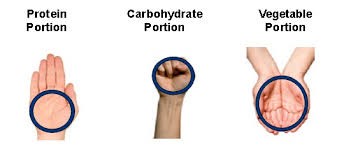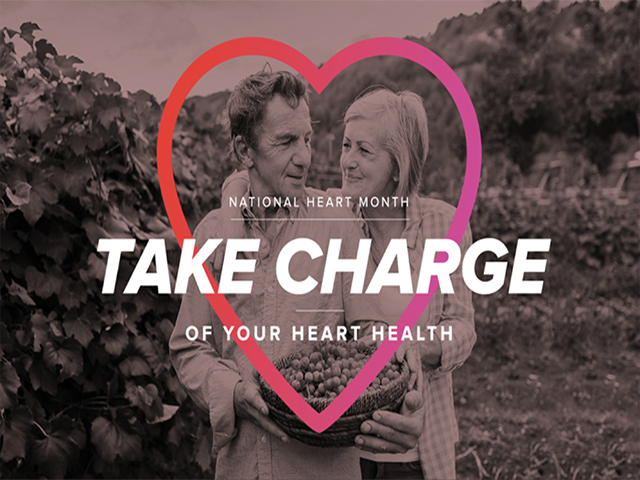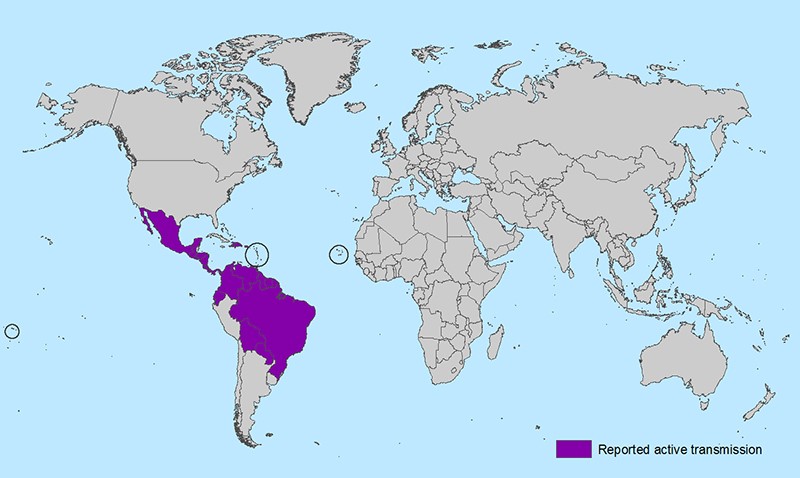 COD Nursing StudenKyle Rogers shares that according to the CDC, healthy eating is all about balance. Eating a healthy diet does not mean that we need to say goodbye to the comfort foods we love; we just may have to make changes to accommodate them. One of the biggest myths of dieting is that eliminating things like fats or carbs is the key to eating healthy. This is an important reason why many people are turned off of the idea of “eating healthy” because they think that it means they cannot eat what they love.
COD Nursing StudenKyle Rogers shares that according to the CDC, healthy eating is all about balance. Eating a healthy diet does not mean that we need to say goodbye to the comfort foods we love; we just may have to make changes to accommodate them. One of the biggest myths of dieting is that eliminating things like fats or carbs is the key to eating healthy. This is an important reason why many people are turned off of the idea of “eating healthy” because they think that it means they cannot eat what they love.
Overdoing it on fats or carbs can have negative effects on the body, but cutting them out altogether can be just as unhealthy. The key to eating healthier is limiting the amounts you eat and controlling the intake of substances such as fats or carbs.
According to Health.com, “A 2004 study of 329 overweight people found that 38% of those who practiced portion control for two years lost 5% or more of body weight, compared with 33% of participants who did not (they gained 5% or more of body weight)”. This statistic shows that eating smaller portions alone can have positive effects on the body and promote better health.
The CDC has some tips for including comfort foods into your eating plan:
- Eat them less often – If you normally eat these foods every day, a goal would be to cut back to once a week or month.
- Eat smaller amounts – If your favorite food is high in calories, eating smaller amounts of it could be another strategy
- Try a lower-calorie version – Using lower-calorie ingredients or preparing food differently may be an option. It is important not to increase portion sizes though!
The point is that eating healthy doesn’t have to be torture. Taking a smart approach to eating starts with the desire to make changes in eating habits. This becomes much easier knowing that eliminating the foods you love isn’t necessary.













